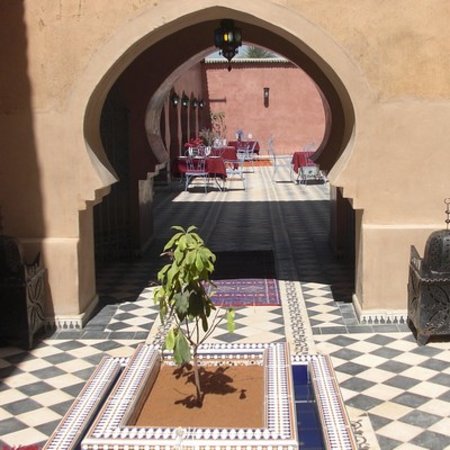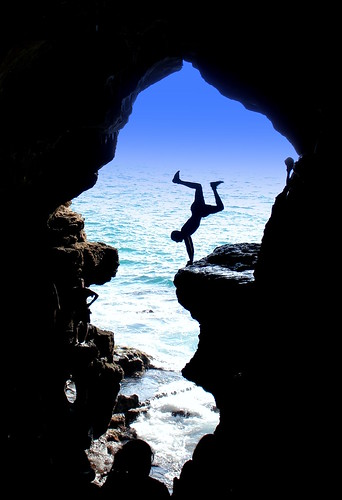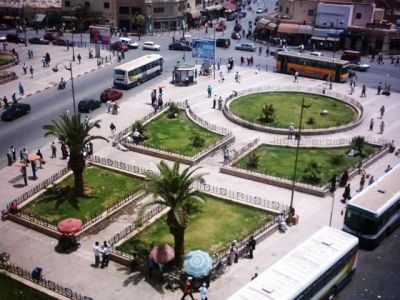Taza: the fertile plains of Morocco




the city of Taza situ throughout the mountainous corridor between the Rif and Middle Atlas is one of the fertile plains of Atlantic Morocco. Length of about 3 km, they are the work of Abd el-Moumen, Almohad Sultan 12's., But were repeatedly revised. At the roundabout of the Force, the stairs we have before us leads to Bab Jemaa main entrance to the city. At the southeast corner of, it appears Bastion (El Bastioune), solid square building built by the Saadian the 16 's.
to strengthen the defense on this side of the city, and should be subject to extensive restoration. From Bab el Guebour it runs nearly the ramparts we crossed to the west of Bab Titi: here the wall was doubled to 14 's. and, finished edge of the plateau by the "Saracen tower", semi-circular, Almohad period.
All the walls in their mountainous where olive draw their embroidery, have a kind of savage grandeur, found even stronger in Bab er Rih.
Founded in 1135 by Abd el-Moumen, the Great Mosque was enlarged in the 13 's. under Mérinides. It is considered one of the most beautiful mosques in Islam. Bypassing the sanctuary to the right we see several richly decorated doors before reaching a long rectilinear street cst main street of the medina. Each side of silence hangs over the mansions whose few windows sometimes surmounted by a canopy show intricate grillwork, old lintels carved cedar doors studded ennoble and brightly painted. Beyond the small mosque of Sidi Azzouz (12 's.), We enter the area of the souks, dominated by the curious minaret of the mosque Market.
It is in the souks, partially covered masonry, vines or reeds that Taza has best preserved its character of city Berber we see including mats and rugs made in the neighboring mountain by the tribe of Beni Ouarain . Turn left after the mosque Market, one enters the kissaria. Later the street widens and leads to a méchouar.
Several passages vaulted bypass the Andalusian Mosque (minaret of 12 's.) By the Andalusian street is reached (left) to the Place Moulay Hassan.
New town (Taza low) was founded in 1920, decallée altitude over the medina (Taza above). It is a modern city with wide boulevards carriageway and many buildings under construction. A changing city.


























